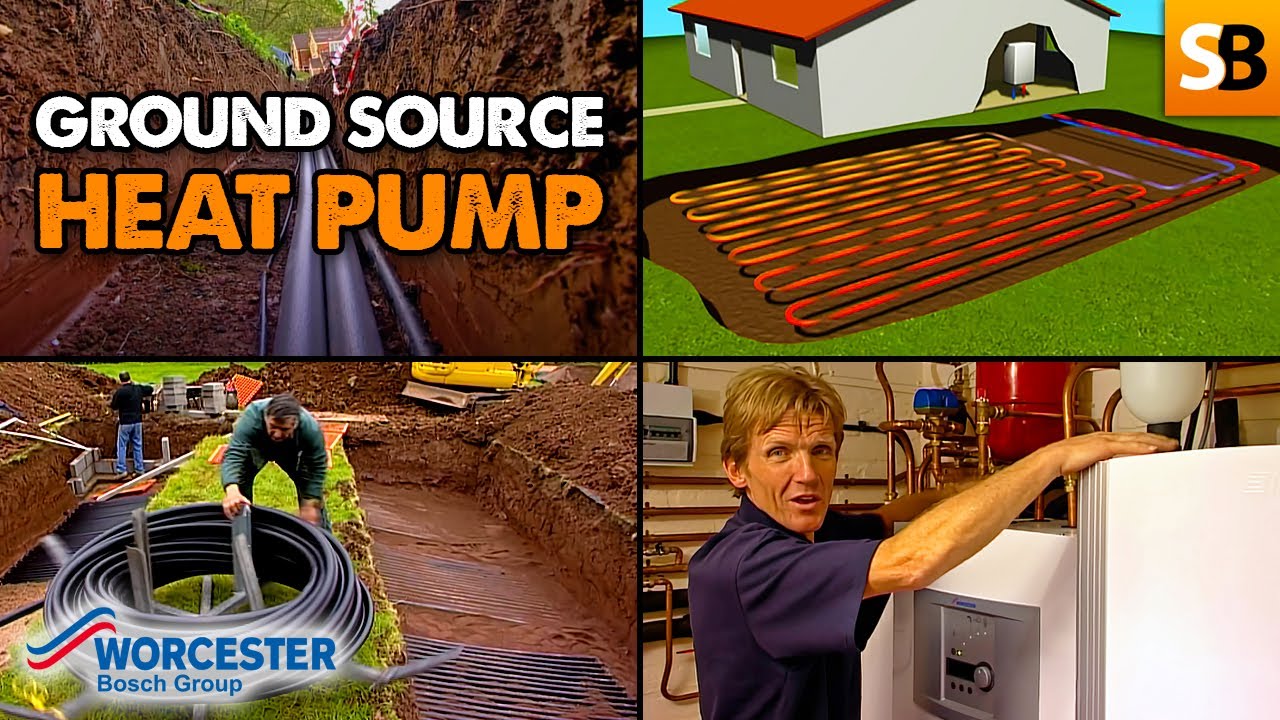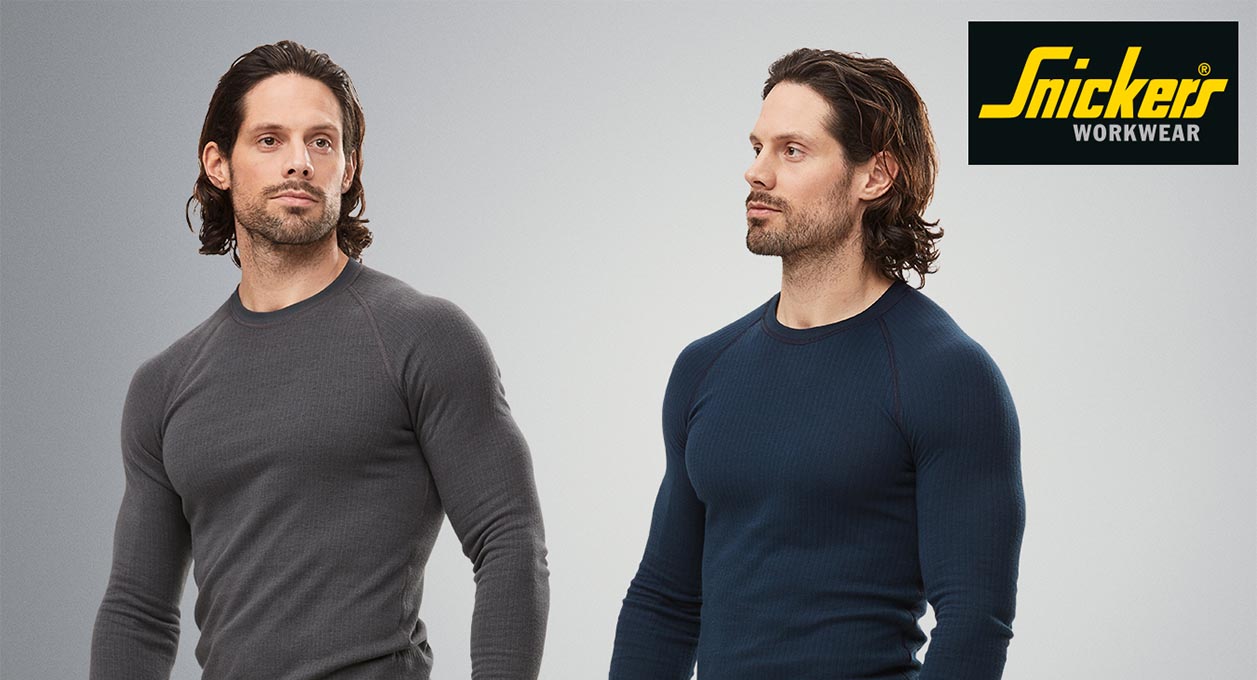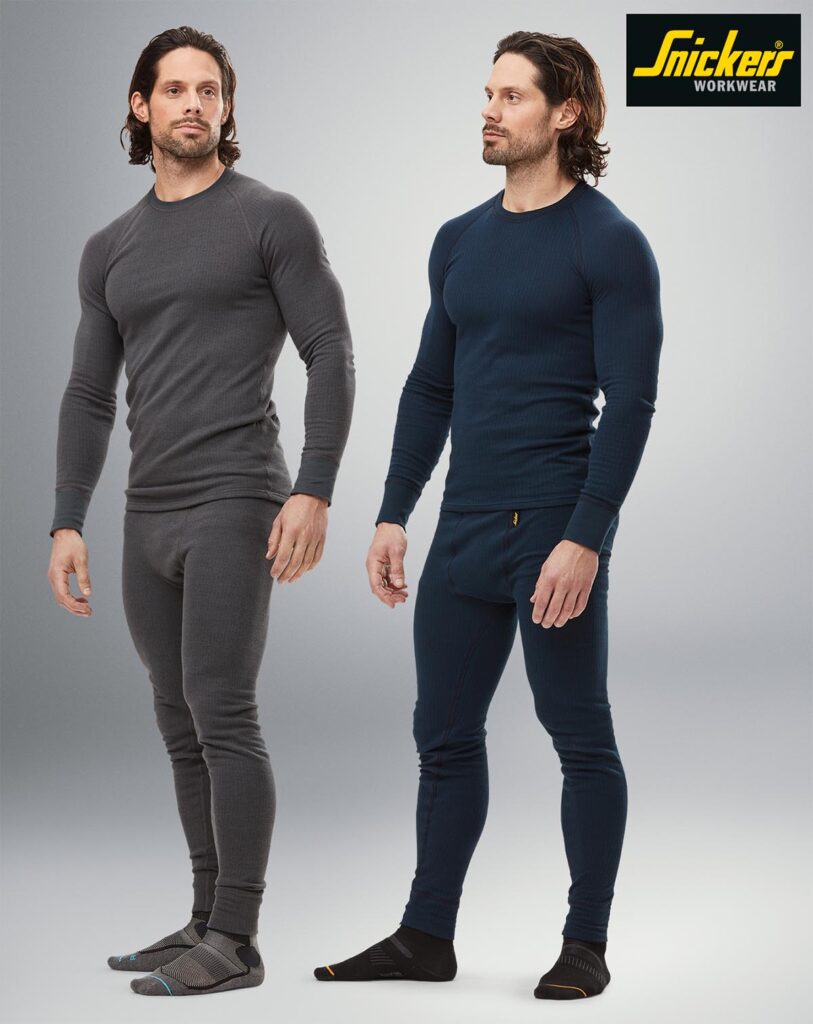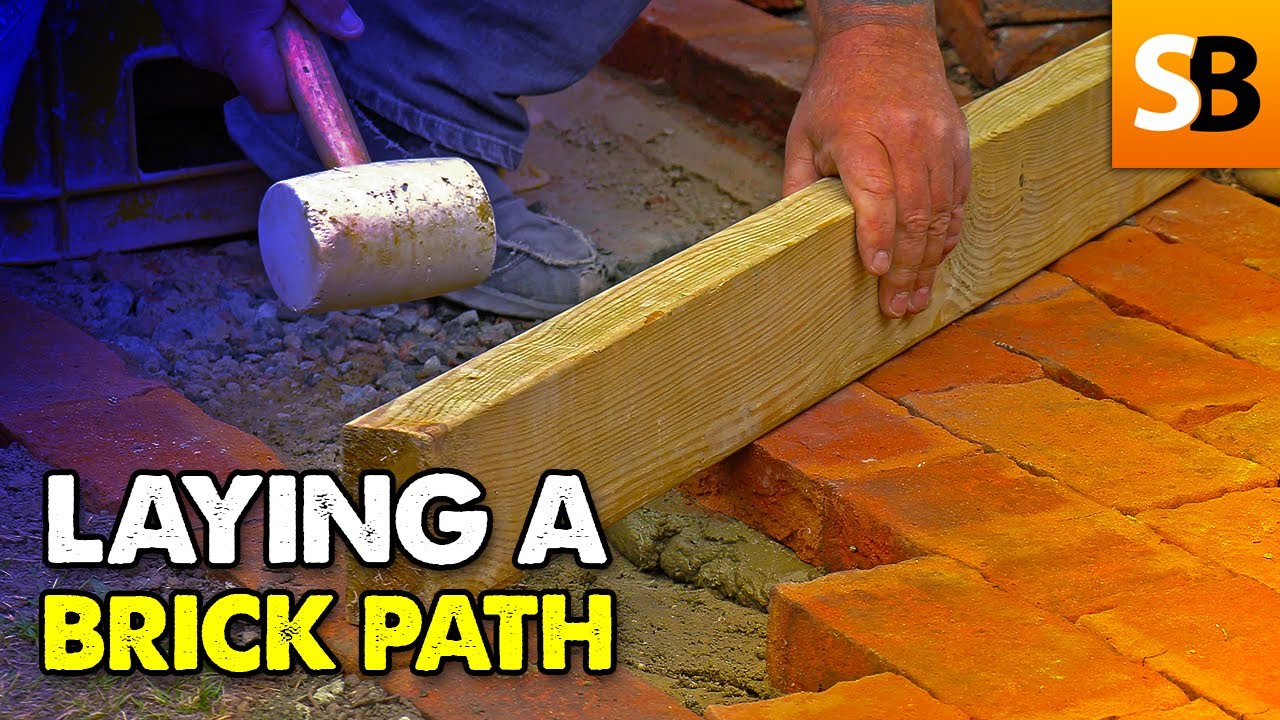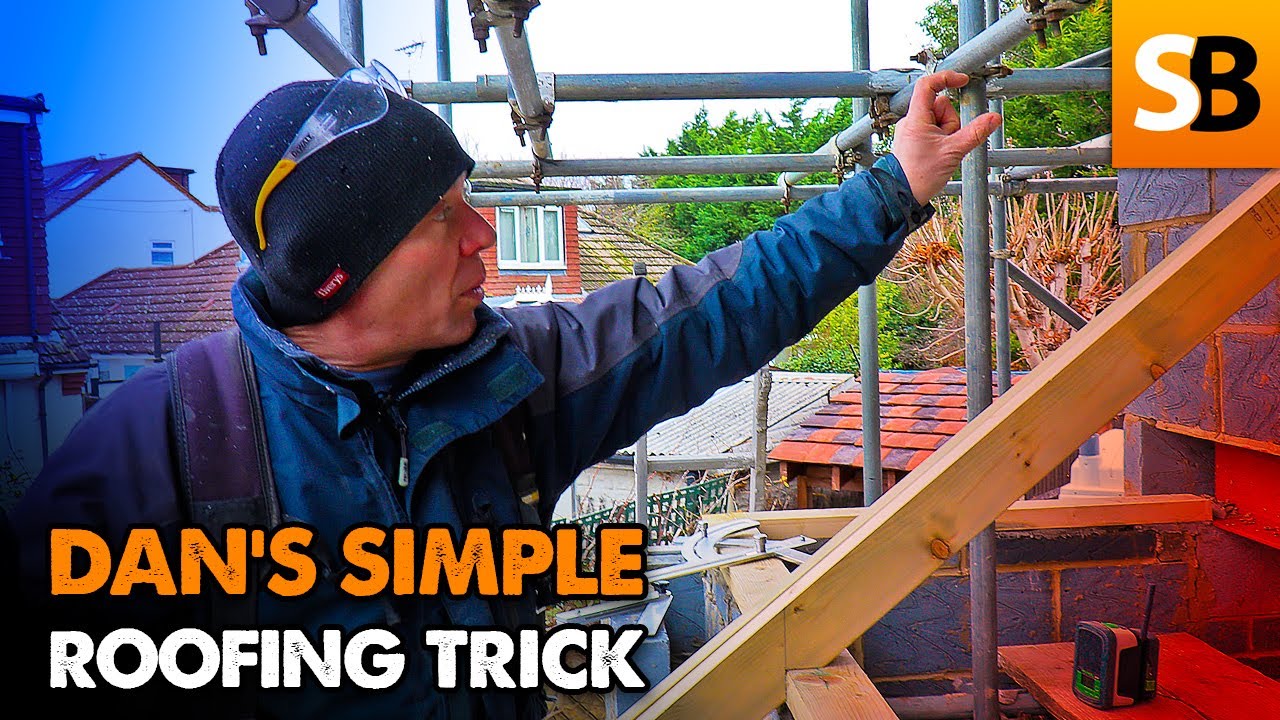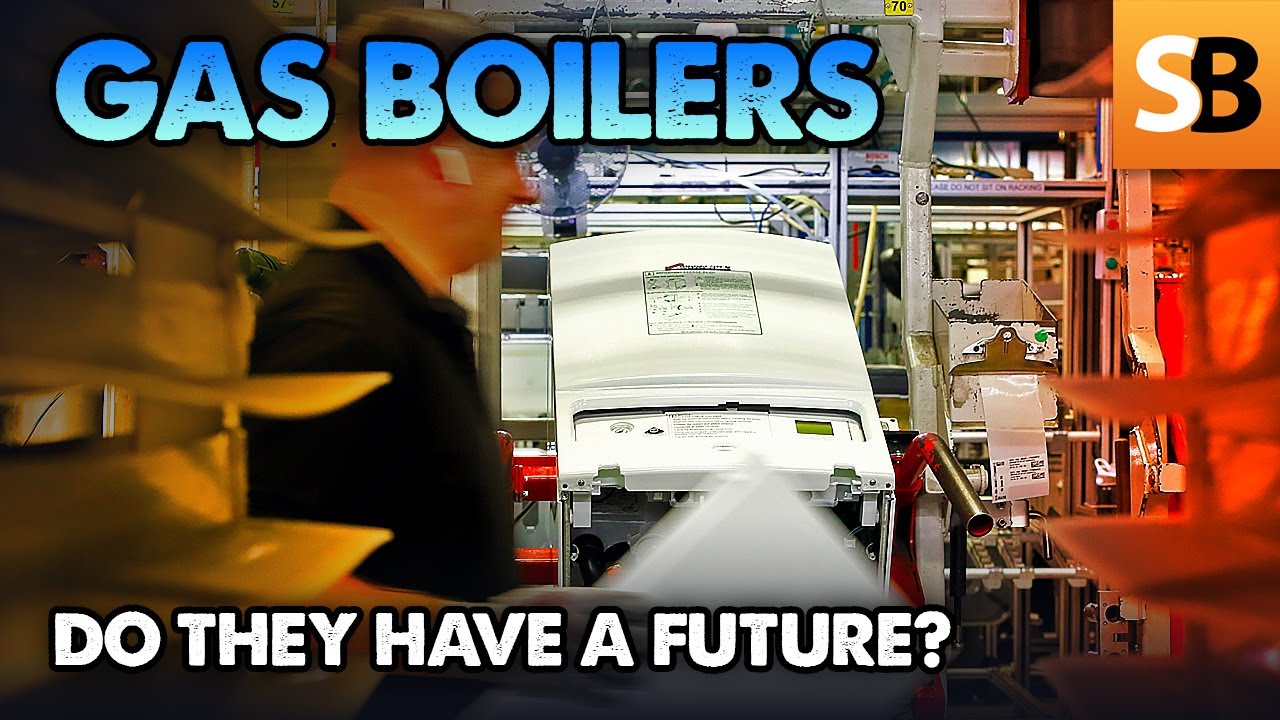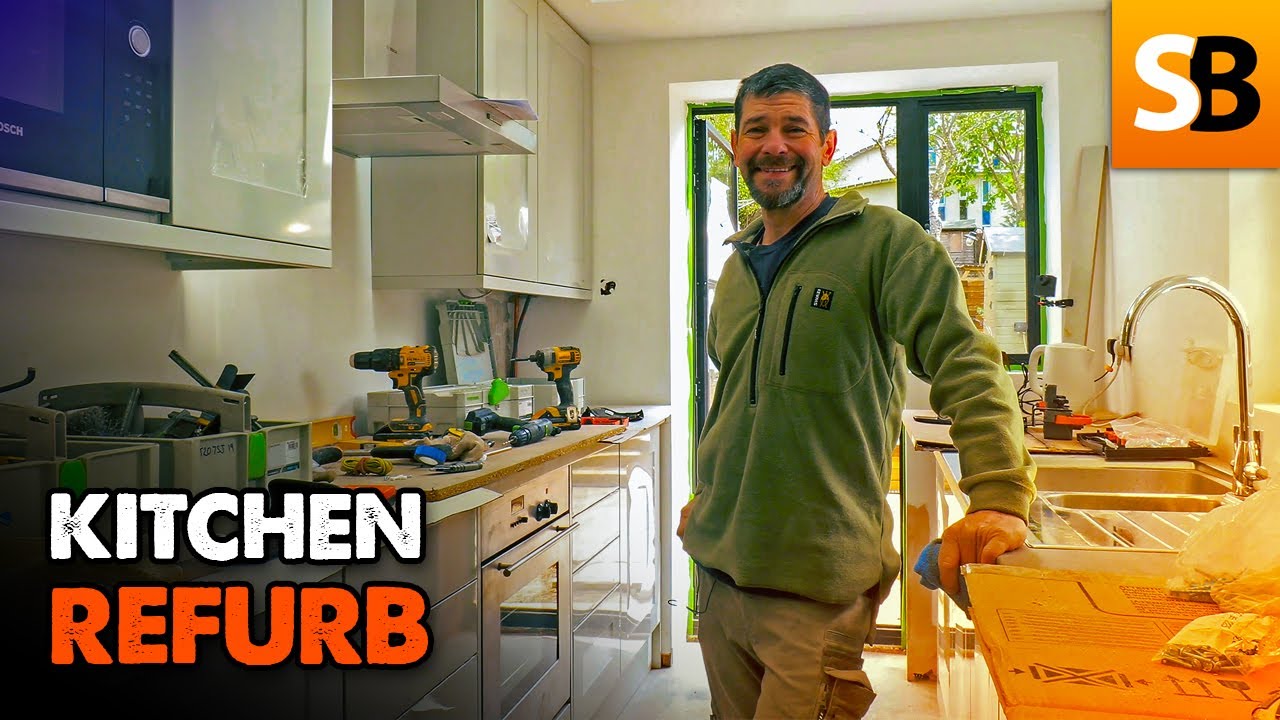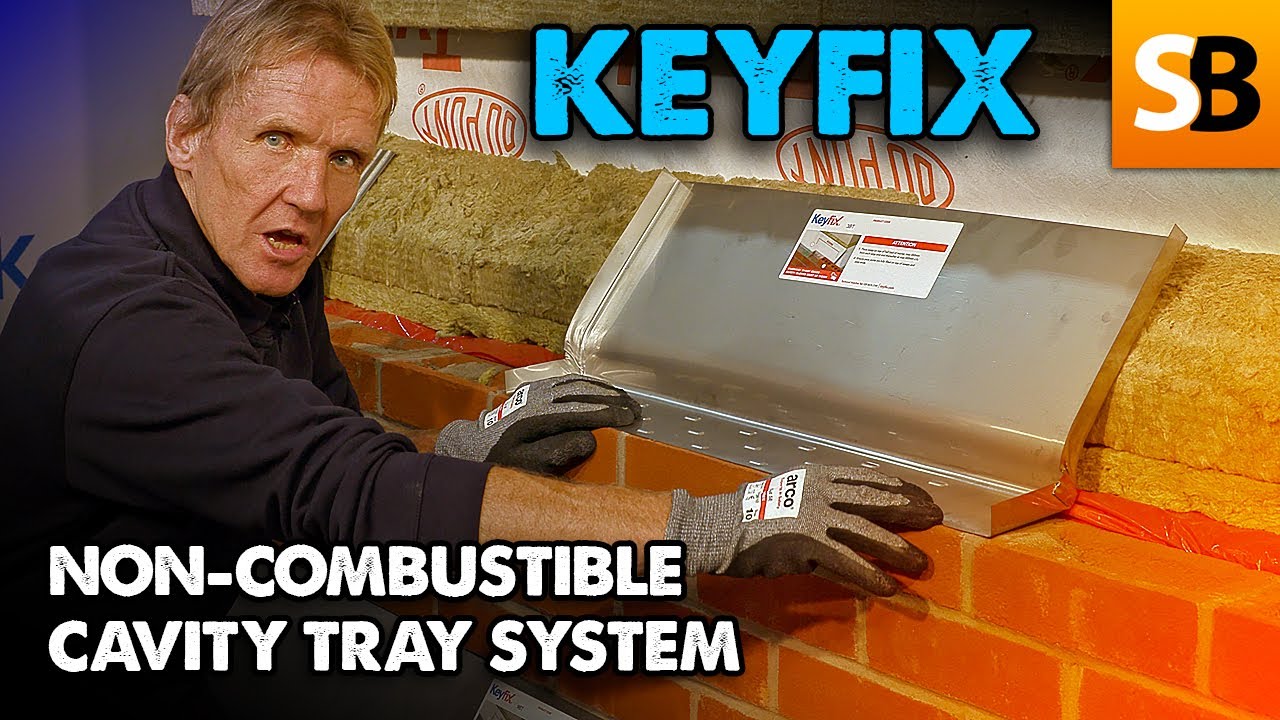The next time you are considering buying a new power tool you are very likely to be going cordless..
That is not me reading your mind, it is what all those sales and marketing people have been drip-feeding us in our sleep. It may well be true that a cordless is the best choice but as I am about to explain it might not.
I am old enough to remember when cordless tools first came in. The first 7.2-volt battery drill was nothing more than a gutless toy. It was ok for driving in small screws, but it was certainly no match for this Yankee pump-action screwdriver. The fact that most of you have probably never seen one of these shows just how far cordless tools have come in those years.
Cordless tools were not invented for the moon landing, but this is where they first came to the attention of the world.
You may have seen the pictures of the first man on the Moon using a bloody great hammer drill. No wonder people thought the moon landings were fake. There were a couple of blokes bouncing around in helium-filled suits to make it look like they are in zero gravity and just look at that they haven’t even plugged their drill in.
It was just beyond people’s imagination. Landing on the moon and using a drill that you didn’t need to plug in. The pinnacle of man’s achievements. A lot of people think that the cordless drill was invented for moon landings, but it was around before that. you just couldn’t buy them from Home Depot or B&Q as it is in England.
So Nasa already knew there was such a thing as a battery-powered drill but they needed something special so they contacted Black and Decker to help them develop one that would work on the moon.
Now if you are taking one cordless drill to the moon and you choose a Black and Decker some might call that a brave decision because they were a bit DIY but for Black and Decker it was a result. Their marketing department must have been well…. over the moon ….. but just have a look at that picture of the astronauts using that drill. Try as I might I don’t see the Black and Decker logo on it.
Had these people never watched a James Bond film? Didn’t they understand the concept and value of unsubtle product placement at every opportunity. I mean a few well-placed logos on those pictures that were beamed into every television set on Earth. How much would a deal like that be worth? And why stop there?
Moon Boots by Nike, Space Suit by Pierre Cardin, they could have paid for the whole trip with the advertising revenue and that isn’t including the merch!
But what did the astronauts want a drill for anyway? Bye darling I’m off to the Moon. Have a good trip honey and don’t forget to take your drill.
Well, I can tell you that Neil Armstrong wasn’t going to put up any shelves, which is probably the first act of any colonisation after planting a flag, because he didn’t even take a spirit level. Anyway, the actual drill they took would have been no good for that. It was a core drill for extracting core samples of moon rock so they could take them home and sell ’em on eBay.
Going to the moon? Bring me back a stick of rock. Cut it and it says moon all the way through.
How did they do that?
Actually, while I am talking about NASA’s contribution to cordless technology, even more impressive was the impact wrench that Black and Decker designed with Nasa for the Gemini project. It needed to be able to spin nuts in zero gravity without actually spinning the astronauts around. And that good people is why you can now drive in huge screws one-handed without the impact driver breaking your wrist.
It is all down to kinetics. So, before I get too side-tracked by the wonders of space let’s get back down to Earth.
Houston, we have a problem.
And the problem is that the limitation of cordless tools has always been the battery. They have evolved through NiCad with all its memory issues to Nickel Metal Hydride which is still used on little rechargeable batteries but for other stuff and we have moved onto Li-Ion which gives you more power and a longer run time with less weight, but we are not there yet.



